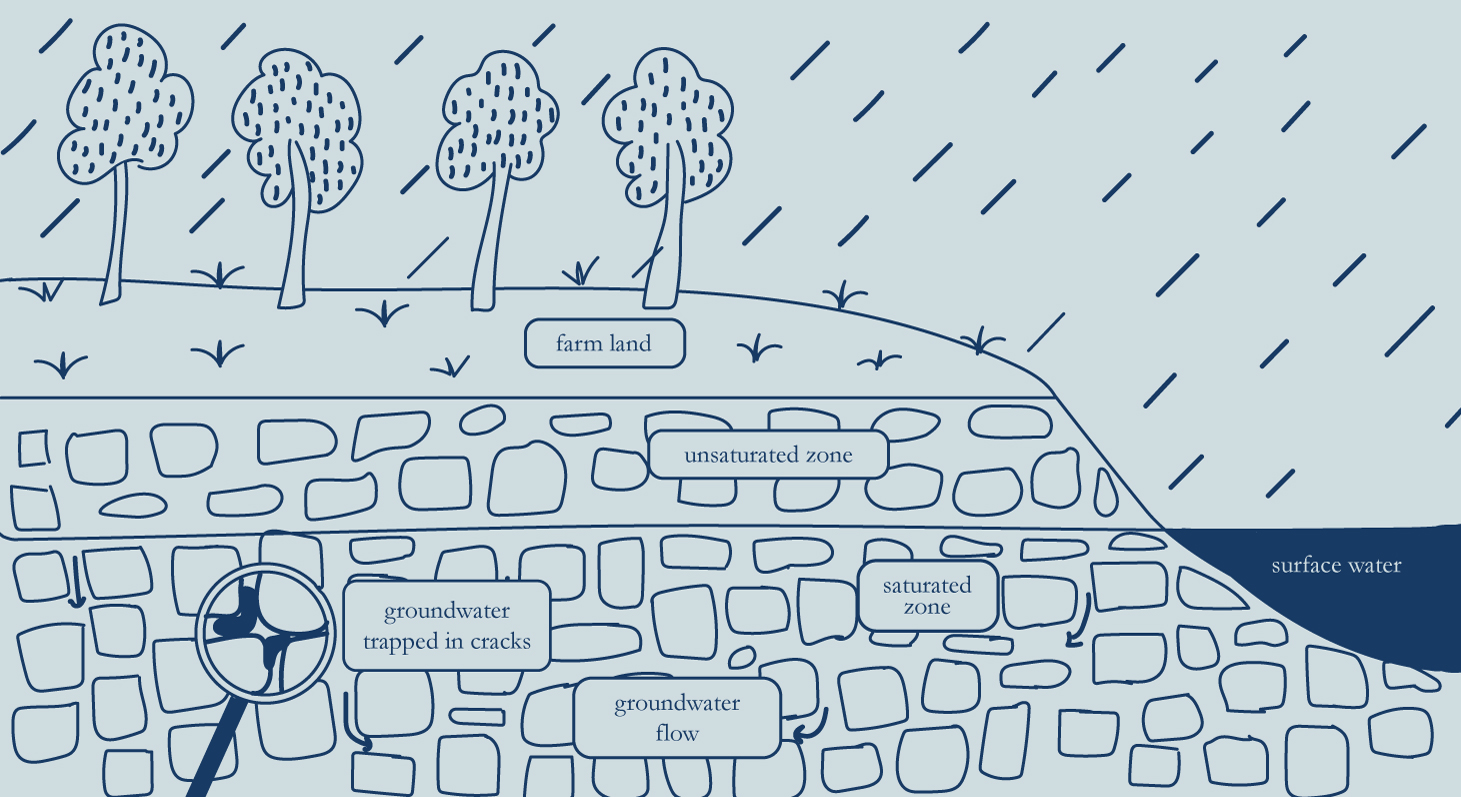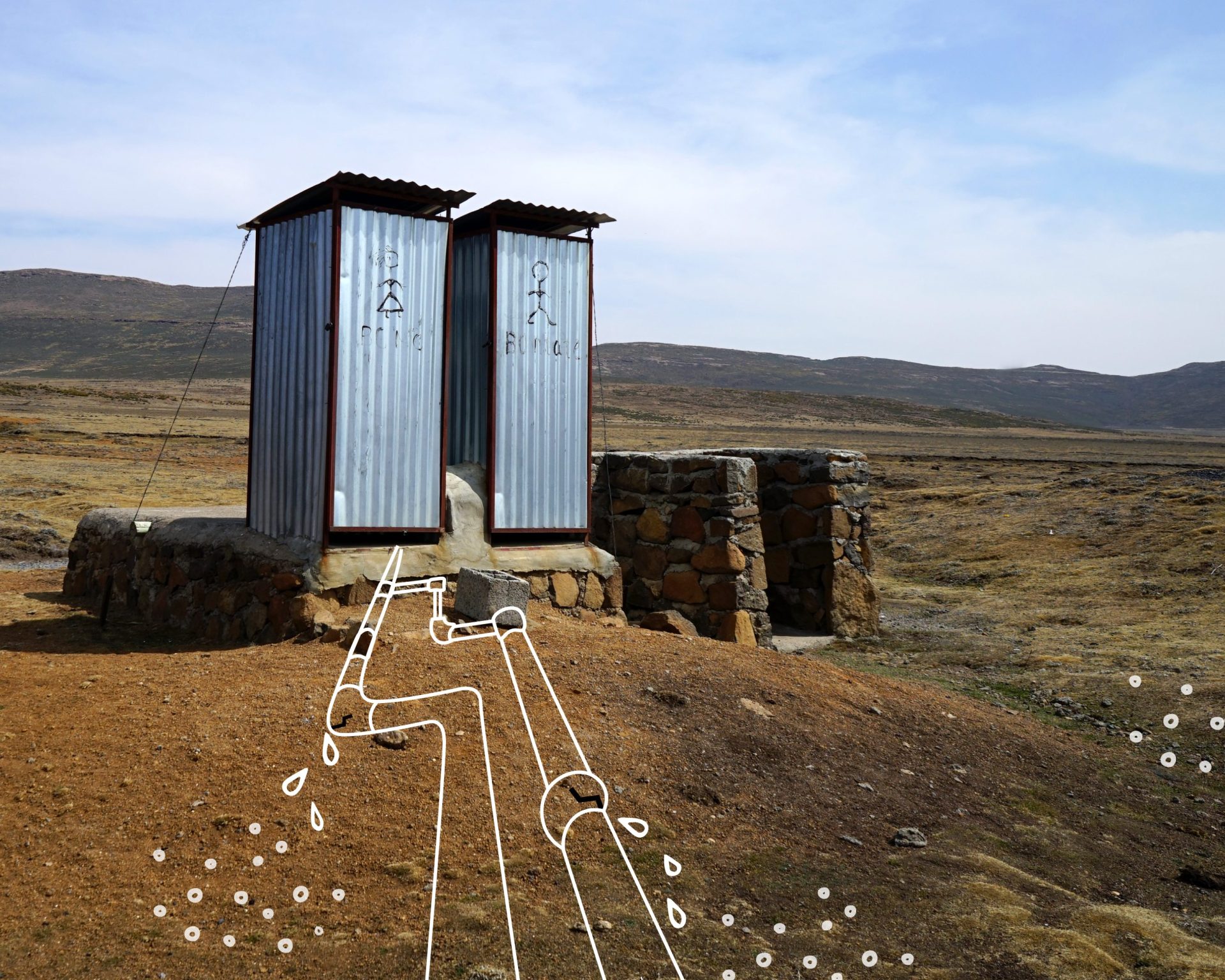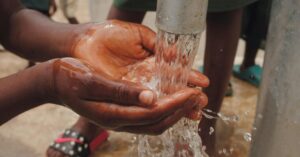Around half of all drinking water globally comes from groundwater, and a quarter of all water withdrawn for irrigation. Safely managed sanitation can protect groundwater and in turn the right to drinking water and to a healthy environment.
Considering the downstream impacts of sanitation on human rights demands a source to sea approach. We spoke to Dr. Jenny Grönwall an expert in both groundwater and human rights, and SIWI’s focal point for a human rights based approach.
What do people not understand about groundwater and sanitation?
Both groundwater and sanitation are, in their own ways, invisible to us. Groundwater occurs in pores and cracks in soils and rocks under our feet, but we cannot see it until it is pumped up from aquifers or it emerges from springs. Sanitation systems have varying components and constructions in different parts of the world, but for instance sewerage pipes tend to be hidden away underground. For those reasons we don’t fully grasp how things are interconnected and we do not value groundwater and wastewater as resources in the way we should.
Groundwater and sanitation are intricately linked but out of sight – and hence too often out of mind. Where people do not have access to what we call ‘safely managed sanitation,’ or wastewater is inadequately treated, this risks polluting groundwater that is used for drinking water purposes. There are many different impacts on health and ecosystems when we fail to protect groundwater resources and some human waste pollution is more difficult to remedy than others. One additional problem here is that we do not have enough data or understanding of the long-term impacts of some pollutants.
How does this impact Human Rights?
The effect of poor WASH services can be that someone’s effluent pipe leads to someone else’s source of drinking water. The UN has recognized that everyone has human rights to safe drinking water, sanitation, and a healthy environment. Adequate sanitation is more than just access to and use of toilets or latrines: It includes treatment and safe disposal (or re-use) of faeces, urine, and associated domestic wastewater in a way that minimizes health risks to oneself and others.
In other words, the rights and obligations also concern other people, in particular their right to health, which can be negatively impacted if excreta and wastewater are not properly managed and the groundwater they use – for drinking or irrigating their fields – is polluted as a consequence.
The right to a healthy environment has recently been added to the toolbox and is important to make us also recognize the water resources downstream as well as those underground.
What actions must we take to protect groundwater, the human right to water and sanitation and the human right to a healthy environment?
It is critical that people better understand how important this invisible resource is and how its quality is affected by poor sanitation solutions. State governments have an obligation to realize the groundwater- and sanitation-related human rights for improved public health and a sustainable environment. Ensuring access to toilets and latrines to those who lack it, and investments in wastewater treatment, must come higher on the To do-list.
In raising awareness, we can also improve the understanding of flows of water and material along the source to sea-continuum.







